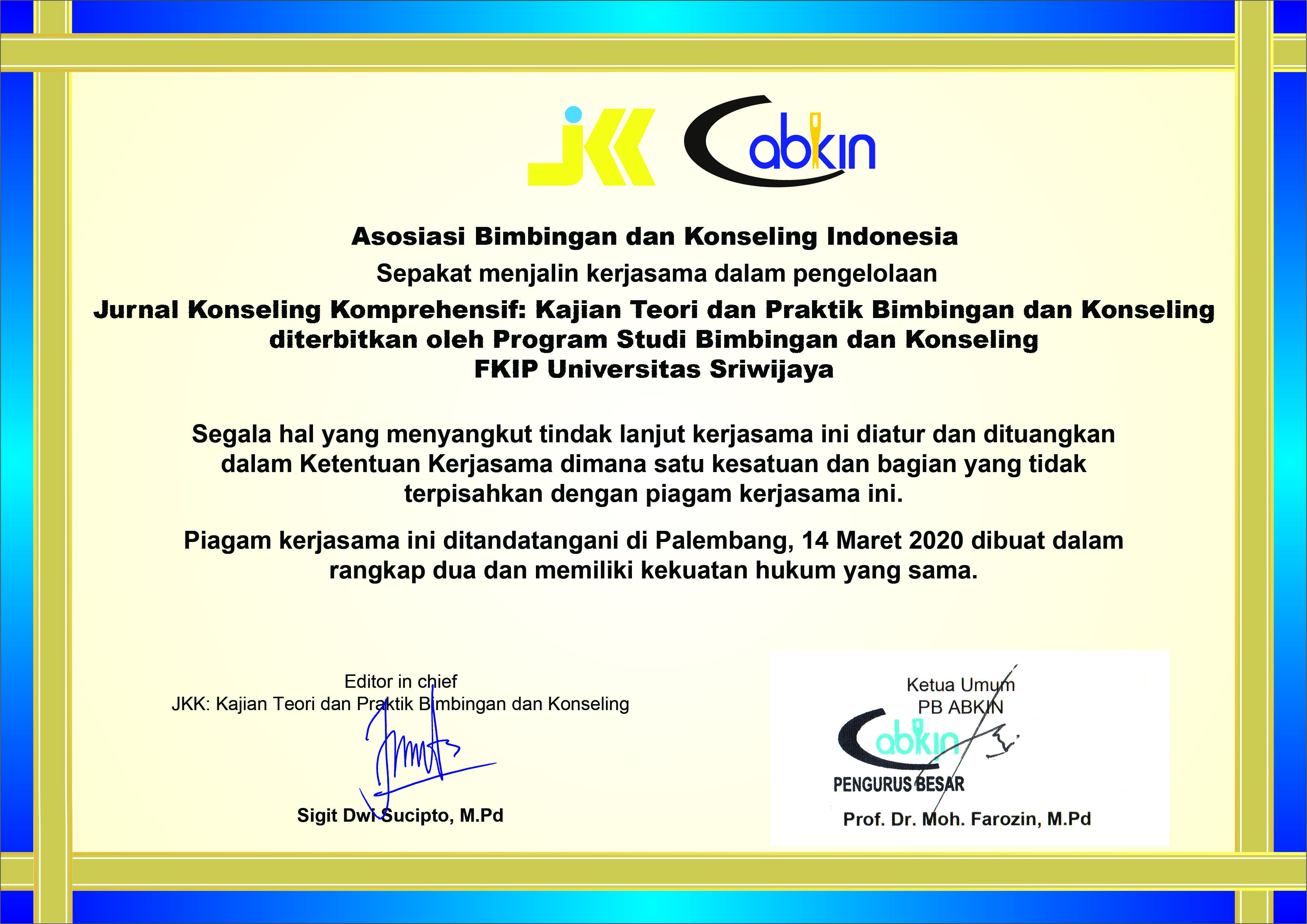Identifikasi Bentuk Stres dan Strategi Regulasi Emosi pada Mahasiswa Tingkat Akhir yang Menyusun Skripsi di Jurusan Ilmu Pendidikan FKIP Universitas Lampung
DOI:
https://doi.org/10.36706/jkk.v12i1.197Keywords:
Profile,Student Emotions, Personal Guidance, thesisAbstract
The high academic pressure experienced by final-year students during the thesis writing process often triggers stress that affects their mental health and academic performance. Accordingly, emotion regulation strategies become a crucial aspect that needs to be understood so that students can manage stress adaptively. This study aims to identify the forms of stress experienced and the emotion regulation strategies used by final-year students in the Department of Educational Sciences at the Faculty of Teacher Training and Education, University of Lampung. This study uses a descriptive qualitative approach. Participants were selected from 15 students based on the results of the Student Academic Stress Scale, and the five with the highest stress scores (above 75/100) became the main participants. Data were collected through semi-structured interviews and analyzed using ATLAS.ti 9. The research results show that students face various forms of stress, such as academic, emotional, social, and time-related stress. In coping with that stress, students apply five emotion regulation strategies: situation modification, cognitive change, selective attention, response modulation, and situation selection. The most dominant strategy is situation modification (24.24%), such as setting deadlines, creating a conducive learning environment, and taking breaks. Other strategies, such as cognitive restructuring and selective attention, are also used to shift focus away from stressors. On the other hand, situation selection strategies (16.66%) are rarely used. These findings indicate that students tend to use an individual and active approach in managing their emotions, emphasizing the importance of understanding emotion regulation strategies to effectively cope with academic pressure.






